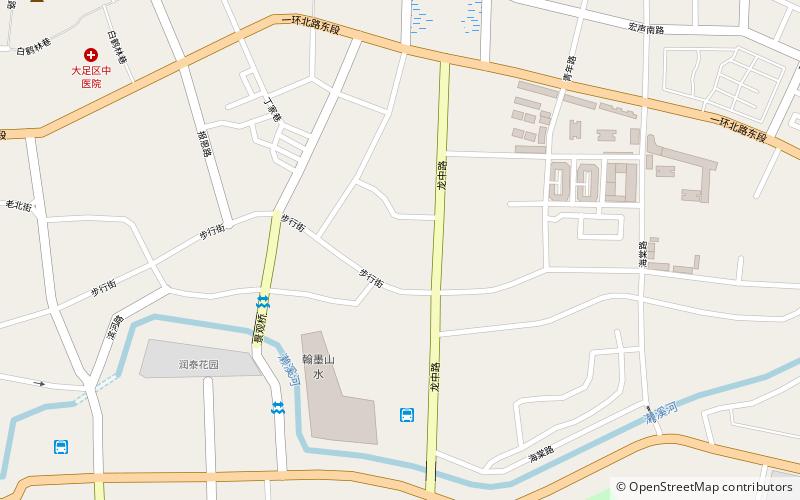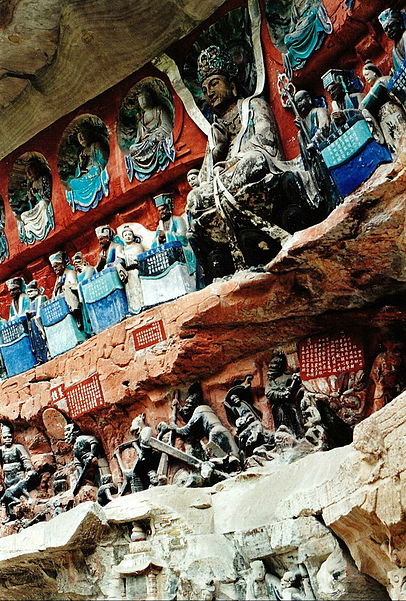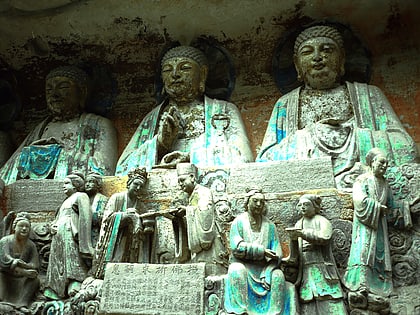Dazu, Chongqing


Facts and practical information
Nestled in the bustling city of Chongqing, China, the Dazu Rock Carvings stand as a testament to the extraordinary craftsmanship and rich religious heritage of ancient China. This remarkable area, renowned for its stunning collection of rock carvings dating back to the 7th century AD, was designated a UNESCO World Heritage Site in 1999, highlighting its cultural and historical significance.
The carvings are spread across 75 protected sites in the Dazu district and represent an astonishing array of religious sculptures that embody a blend of Buddhist, Taoist, and Confucian beliefs. The most famous of these sites include Beishan (North Hill), Baodingshan (Baoding Mountain), Nanshan (South Hill), Shizhuanshan (Stone Pillar Mountain), and Shimenshan (Stone Gate Mountain).
Among the more than 50,000 individual figures carved into the cliffs, the Wheel of Reincarnation and the Thousand-Handed Avalokiteshvara are standout pieces that draw visitors from around the world. The intricate details and emotive expressions captured in stone reveal the exceptional skill of the craftsmen who created them.
The Dazu Rock Carvings are not only a feast for the eyes but also a valuable source for understanding the daily life and religious practices of the people during the Tang (618-907) and Song (960-1279) dynasties. The artwork is remarkable for its aesthetic quality, its rich diversity of subject matter, both secular and religious, and the light it sheds on China's medieval society.
The site is open to both domestic and international tourists, offering a unique glimpse into China's ancient past. Visitors can explore the various locations where the carvings are found, often set amidst lush vegetation and offering panoramic views of the surrounding countryside.
Chongqing
Dazu – popular in the area (distance from the attraction)
Nearby attractions include: Dazu Rock Carvings.

